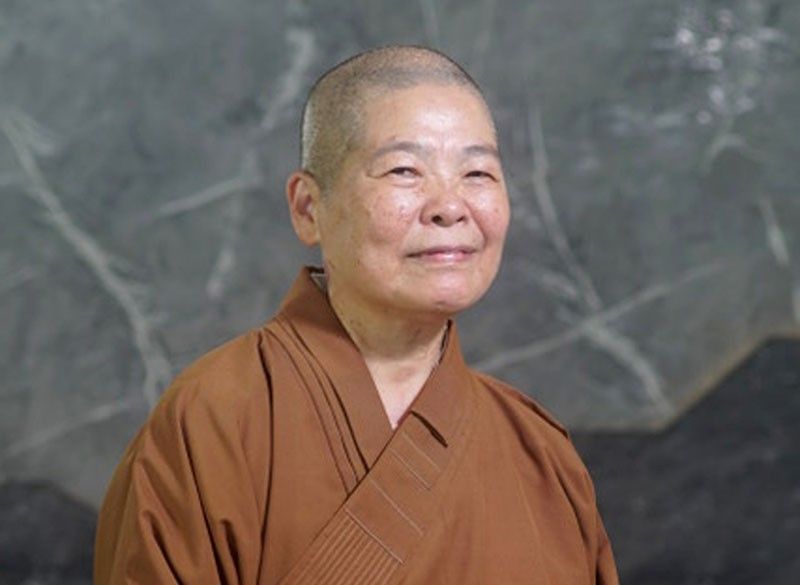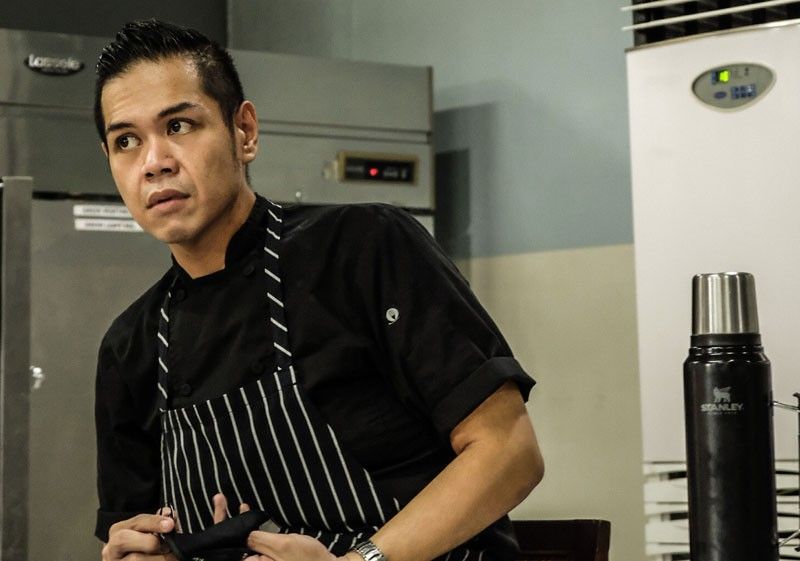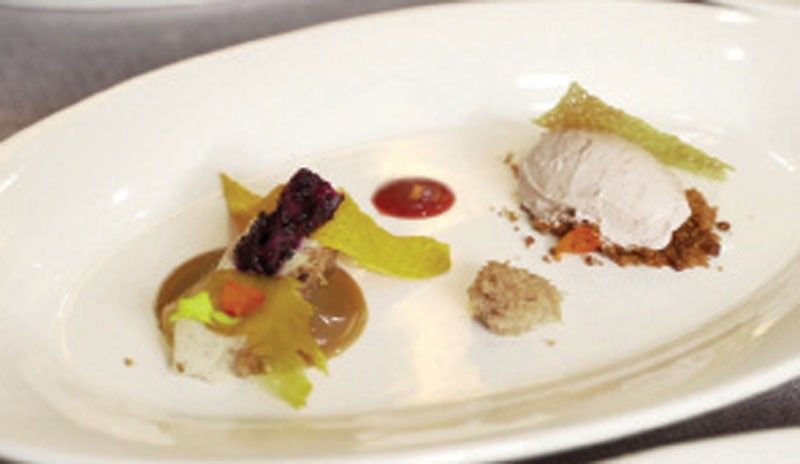Becoming vegetarian nurtures compassion

Plant-based food trends are everywhere. You just can’t ignore them, as every fast-food heavyweight is introducing its own take on the movement — from Starbucks and Shakey’s Pizza to Burger King and Pancake House.
Last July 23, CCA Manila and Guang Ming College hosted a plant-based lunch inspired by the traditional Filipino house, bahay kubo. The lunch was a celebration of the vegetables mentioned in the song — upo, kalabasa, singkamas, kamatis, talong and luya.
The event was the culminating activity of 20 scholars of Guang Ming College for the program “Life Education: Plant-Based Culinary Foundations.” Guang Ming College is the first Philippine college part of the Fo Guang Shan International University Consortium founded by venerable master Hsing Yun, who had a long-held vow of promoting Humanistic Buddhism.
As I was enjoying the food, someone beside me whispered that there was a Chinese proverb that states: “Planting green seedling with hands all over the rice field; as one’s head is lowered the sky in the water is seen. All six sense organs are pure, and only then one comprehends: stepping backward is actually advancing forward.”
Those words made me think how lucky we are today to have an abundance of vegetarian options. One of the most significant contributions of Buddhism is the promotion of vegetarianism. And so, before we jump on any trend, we need to understand the why behind vegetarianism.

I took a step back and spoke to venerable Yung Guang, head abbess of Fo Guang Shan Philippines, to understand the Buddhist view on becoming a vegetarian. She has been a vegetarian for 50 years. She shared three thoughts on being a vegetarian:
• Becoming vegetarian nurtures compassion. “Because we do not believe in killing, we do not eat meat. We do not kill animals for food,” Shan said. She has witnessed this kind of compassion inherent to humans in her travels. “Once I visited Canada, and I saw men fishing. When they fished smaller fish, they would put them back into the water. And if the fish were pregnant, they would also put them back into the water.” Eating is integral to living, but we can also practice with compassion.
• A vegetarian diet can make us jump higher. The misconception is that eating only vegetables will not give us enough power or strength. For example, in Guang Ming College, students are provided vegetarian meals only. But she shared, “One time, they were performing in the Cultural Center of the Philippines (CCP), and we invited their parents from the province to watch. After watching, the parents asked, ‘How do you manage to jump so high?’ A student shared that it’s because of their vegetarian diet that their bodies got lighter and made them strong enough to jump.
She added, “If we look at herbivorous animals that feed only on vegetables, horses can still run very fast. Elephants are still powerful. Monkeys are also agile and alert.” If you need further proof, Mike Fremont credits his record of the fastest marathon by a 91-year-old to his whole-food, plant-based diet.
• Live simply and gratefully. When I asked her what her favorite food was, she replied quickly, “Kangkong.” She explained, “In monastic life, it is our practice to keep things simple. We are content eaters. We don’t focus on being greedy, which is why kangkong is my favorite food. I trained myself to like every kind of food and not be picky.”
The Buddhist way of eating is about the attitude of gratitude. Before meals, she even shares these reflections:
• Let us reflect on our work and the effort of those who brought us this food.
• Let us be aware of the quality of our deeds as we receive this meal.
• What is most essential is the practice of mindfulness, which helps us to transcend greed, anger, and delusion.
• We appreciate this food which sustains the good health of our body and mind.
• To continue our practice for all beings, we accept this offering.
Becoming vegetarian or perhaps more plant-forward with your diet is not always a smooth process. Venerable Yung Guang said, “There is a transition period.” For example, you may go meatless on Mondays or weekdays.
But one thing to note is that it’s not just about following a trend. Eating is integral to living and part of that is developing a deeper connection with food. Know your “why” before you take a giant leap forward.
If you’d like more vegetarian recipes and to know about Plant-Based Culinary Foundations, send a message on CCA Manila’s Facebook, and Instagram pages @ccamanila.
* * *
Bea Trinidad is a storyteller at Center for Culinary Arts, Manila. She also hosts a “blind leading the blind” podcast on love, “Thirsty and Thirty.” She lived in Melbourne for a decade — studied communications at the University of Melbourne, worked in advertising, and owned a tequila bar. She writes about love, relationships, happiness and food. Message her at www.instagram.com/beatrinidad.

Calamansi-Tofu cheesecake
“Let’s move on from the stereotype that plant-based food is just salad,” says chef Miguel Lorino, Plant-Based Culinary Foundations instructor at CCA Manila:
Yield: 8 Servings
Ingredients:
Crust
55g quick-cook oats
50g almonds, slivered
45g desiccated coconut
30g maple syrup
2g salt
85g almond butter
Filling:
5ml vanilla extract
590g silken tofu
128g sugar, white
32g almond butter
2g salt
8g calamansi zest
60g cornstarch
30g calamansi juice
Procedure:
1. Preheat the oven to 350F.
2. Grease a nine-inch round baking pan with coconut oil.
3. Make the crust: Pulse oats, almonds, and coconut flakes in a food processor until fine crumbs form. Transfer to a medium bowl and fold in maple syrup, salt, and almond butter.
4. Press the crust in the bottom of the pan.
5. Place all the filling ingredients into a blender and blend until smooth, about 30 seconds. Pour mixture into the pan and bake until top and edges are slightly browned, about 50 minutes. The center will look set, but it will be just a little wiggly.
6. Cool on the counter, transfer to the fridge and refrigerate until thoroughly chilled and firm, about 6 hours. Store in the fridge.



















